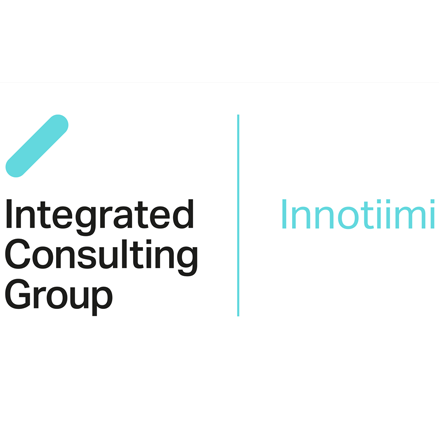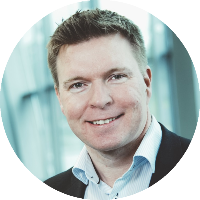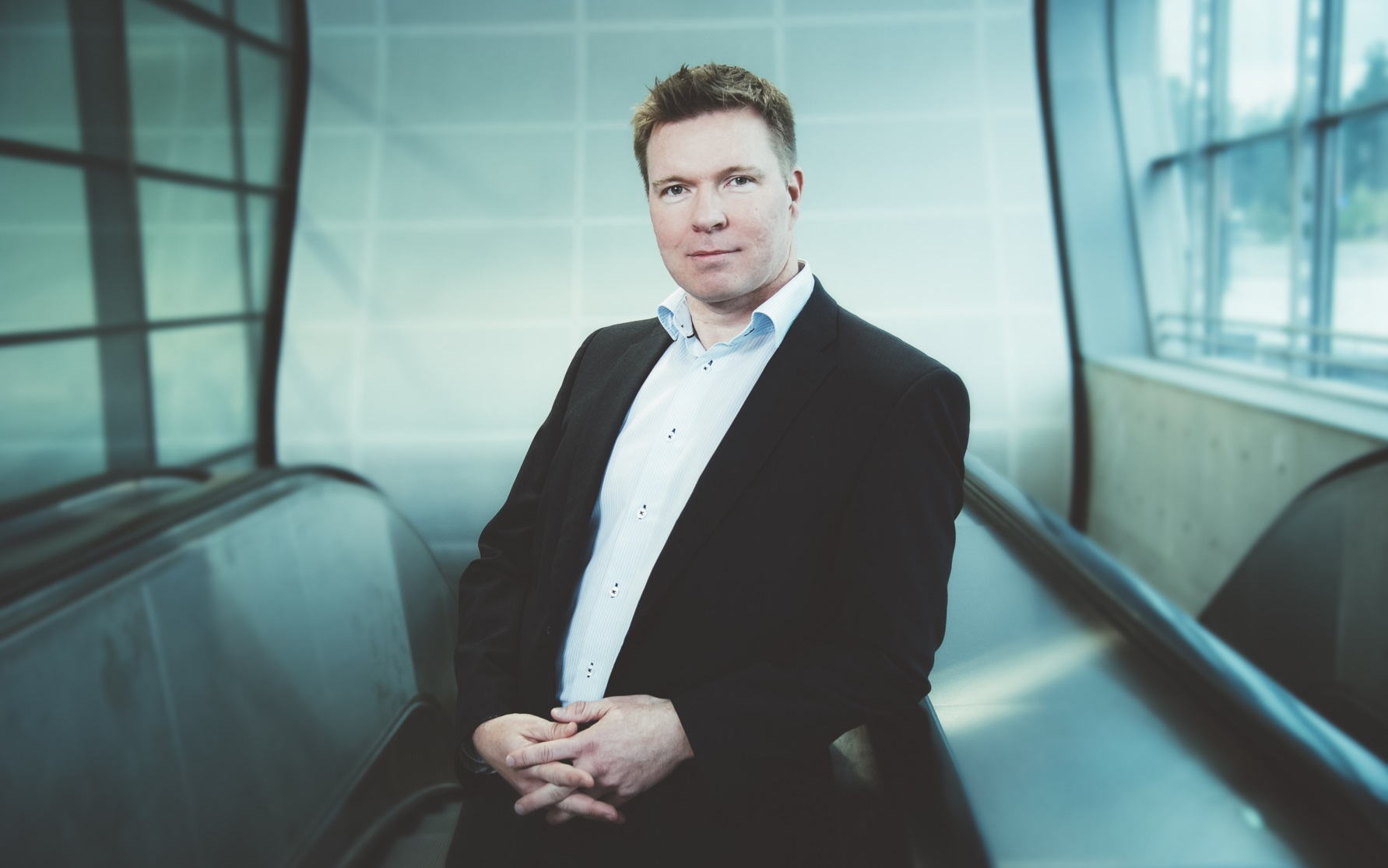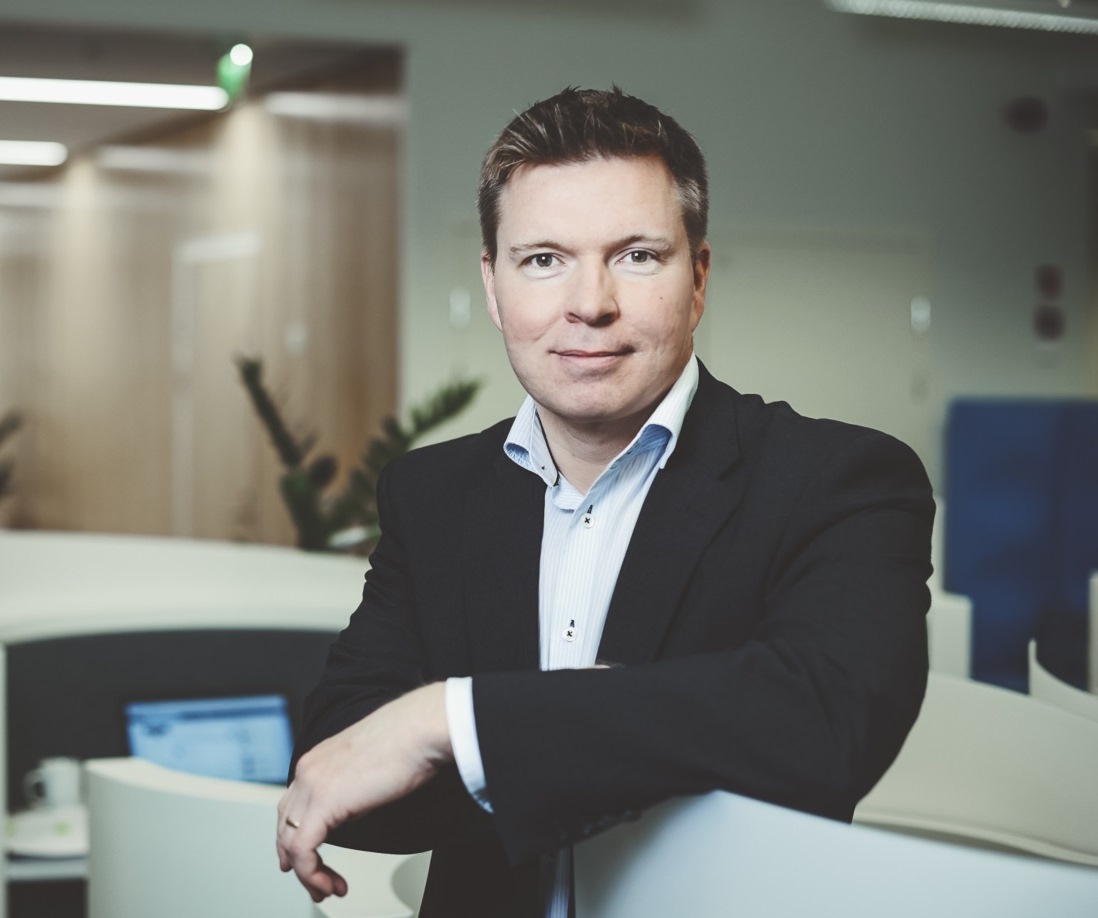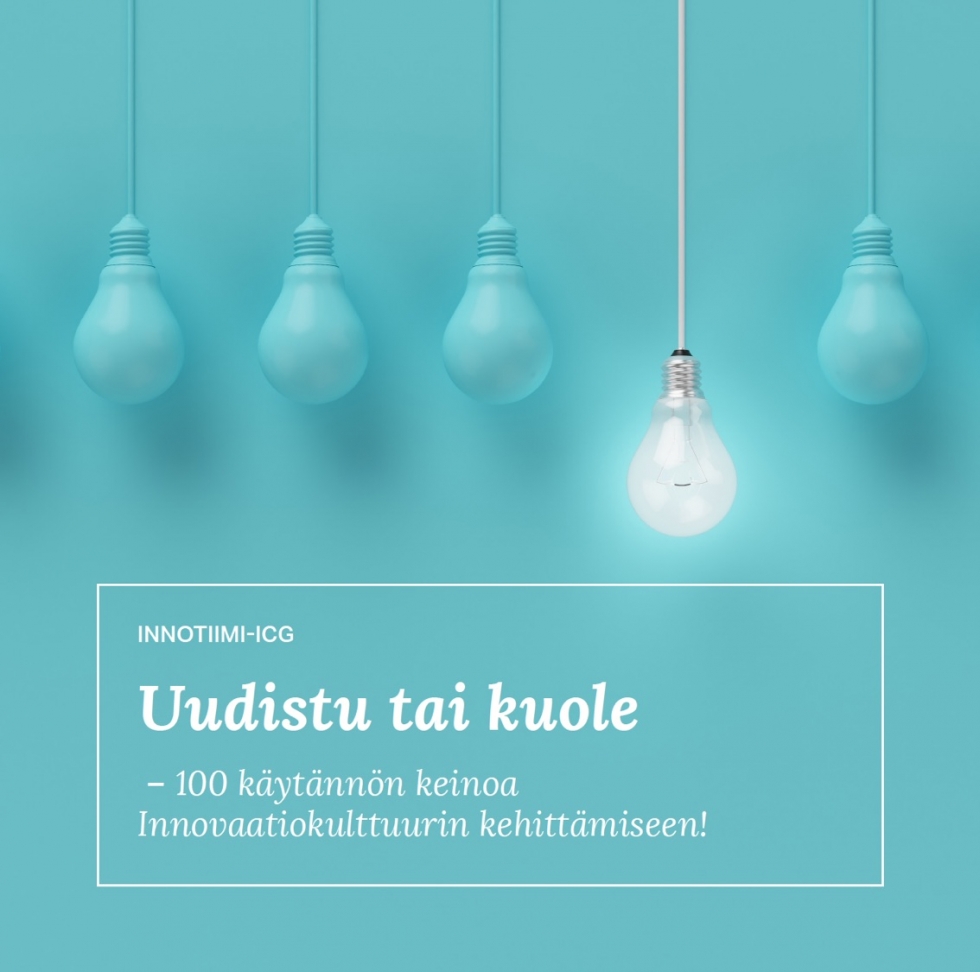
Foresighting is a systematic process of collecting information, analyzing facts and making conclusions about needed actions that are actually purposeful – the future outcomes can be influenced by the decisions and choices the organization makes in the present. Indeed, the best way to beat the competitors is to make a false start – to begin the development far before they even realize the need for it.
Dealing with the future can be a messy process. No one knows what’s coming but there are plenty of hints and clues available to make it much more understandable. By remembering a handful of principles, the organization can create an efficient approach to anticipating the future.
Forward-looking attitude
A foresight process may suffer from irrational thinking if we cannot explore the future open-mindedly. There is a danger that we ignore information if it conflicts with our mental models and if we anchor our estimates only on data from the past and deny a need for change. A good foresight approach is equipped with tools that help the organization create a forward-looking attitude and overcome typical cognitive traps.
Organization-wide approach
When the organization wants to understand the future, it needs to collect and analyze a vast amount of data. This means it must broadly harness employees to collect relevant information and utilize experts when analyzing it. Foresighting is an organization-wide activity by nature since it connects different units – all the functions should have a great interest to foresee what the business environment will look like in the future.
Reserve resources
Foresight processes are too often done superficially. An organization starts a process but is then unable to dig deeper into the phenomena to get meaningful insights due to lack of time and resources. If the organization wants to understand the future properly, it should reserve enough necessary resources for doing so.
Expertise and intuition
The best experts are needed to create an accurate and convincing description of the future business environment. However, there is also room for intuition in a good foresight process. Experts should be encouraged to explore their intuitive hunches and ideas. They should get any support that helps them imagine the future. This is where innovation and foresight meet.
Systematic foresight process
Since the information about the future might be fuzzy, you need to make it understandable. Information gathering about business environment works nicely by following organization-wide procedures. However, when you work with this information, you need different approaches. Megatrends, trends, weak signals or scenarios are dissimilar by nature, and different tool sets are needed to make sense out of them.
Information gathering
A starting point for the efficient foresight process is information gathering. An innovative and forward-looking organization creates efficient mechanisms to collect relevant, business-related information about the future. The only things that are needed are motivated employees and practical tools to support them.
Get the big picture
One of the key challenges of foresighting is to create a big picture of relevant phenomena in the future. The tools used should enable efficient discussion about interrelationships and connections of different phenomena. Quite seldom, it is just one single trend or weak signal that creates a dramatic impact. More often, a bunch of interlinked trends drive the world in a certain direction.
Highlight historical development
If you can’t understand the history, you are unable to predict the future. By studying developments of the past, you are able to put the investigated phenomena into context. The rule of thumb is that you should analyze historical steps backwards twice as long as you would like to predict the future. The foresight team should understand e.g. how the trend has been developing, in which stage of the S-curve the trend currently is, and how the industry has reacted to the trend.
Think impacts
Foresighting work should be done for a certain purpose, e.g. to help make strategic choices. It is important to concretize the work in such a way that the results lead to appropriate action. Organizations should think of long- and short-term impacts of trends. If the foresight teams push far enough, they can even get ideas for new innovations or strategic actions to respond to changes in the business environment.
Interview: Yleisradio – a new way for the Finnish media industry
Yleisradio Oy (Yle) is the national public broadcasting company owned by the state of Finland. Yle operates four national television channels, 13 radio channels and services, and 25 regional radio stations. It currently employs around 3,200 people in Finland.
Innotiimi-ICG has collaborated with Yle for many years in the field of innovation and foresighting. We asked Arto Markku, Accelerator of Innovation and Future Vision at Yle, to share his thoughts about technology foresighting at Yle.
Yle has a special regulated role in the Finnish media industry. How do you see Yle’s role in a broader context and why does Yle invest in doing foresighting work?
Arto Markku: Yle wants to show vision and direction for the Finnish media industry and develop a creative industry in Finland in general. This requires that Yle understand in depth about the future, what the possibilities are and what will be the game-changing technologies. However, Yle’s role is also changing. The Internet economy is transferring the traditional national focus towards global competition. Yle wants to advance Finnish media content and support the media industry in this global context.
The media industry has faced several quite radical technological and other changes just recently. What are the next foreseen big changes?
Arto Markku: Well, there are several emerging technologies which Yle carefully follows (one illustration of Yle’s technology radar »Map of Phenomena« can be seen on the opposite page). One interesting possibility is to create media content without any human interaction. Basically, it is already technologically possible to make personalized news content, e.g. sport or financial news, in a fully automated way. Big change in story-telling comes with virtual reality (VR). In VR, a user is the director of the story. Where to look, what to listen to, where to go – it is up to the user. Affordable end user equipment is now available and worldwide trials for content creation are being carried out. Another fascinating technology is automated emotion or thought recognition. Sounds futuristic, doesn’t it? However, we have already seen e.g. prototypes that enable simple thought recognition with the help of a small frontlet. Reactions in our brains can be measured by extremely accurate sensors without conscious decisions of the individual. Yle is currently deeply involved in exploring and researching opportunities in this field of emotions together with its collaboration partners.
Yle has intensively developed its foresighting approach during the last years. What are the key success factors of foresighting work at Yle?
Arto Markku: I would say that people are the key. It is important to recognize and engage those people who would like to work on foresighting topics and then maximally utilize their competence and energy, thus giving new energy back to them. It also needs support from the top management. The employees must realize that the results from foresighting work are expected and needed in our organization. We have been lucky in this matter. Our directors clearly articulated that we must create a clear picture of the expected future in order to support decision-making at Yle. This was actually a starting point for this long project of developing our foresighting approach. We have a clear process and practical tools supporting our work – we must systematically collect information, analyze it carefully, share it with the relevant stakeholders, and make sure that the information is appropriately considered when decisions are made. We are now, for example, creating practical phenomenon cards including concrete descriptions of a trend and reasons why it is important for us. This is actually an approach we adopted from Innotiimi-ICG when we did scenario work together. Currently, we have about 400 findings that serve as a basis for these phenomenon cards. The cards give us easy access to the future-related information. Some of the things we have learned from Innotiimi-ICG are these practical processes and concrete tools for doing foresighting work. These practices have been good additions to our foresight toolbox and have been a great help to us in developing our foresighting work further.
You are personally responsible for Yle’s foresight and innovation processes. How do you maintain and develop your own ability to understand and explore the future?
Arto Markku: Since my childhood, I have always been interested in things that do not exist yet. Even though lead a process, I am also hands-on as much as possible, collecting information on new topics, analyzing them further and participating in different discussions. This gives me a lot of energy personally. In addition, I read science fiction literature a lot to be continuously inspired.
This article was originally published in Change magazine 2017.
